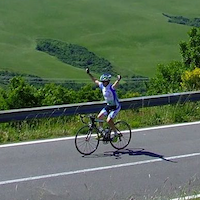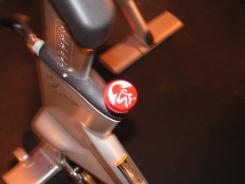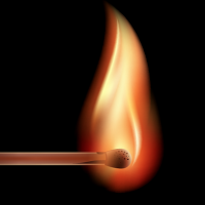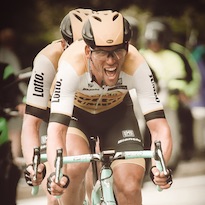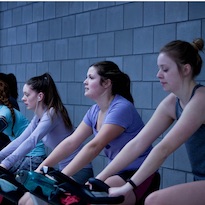Mantras for Tempo and Endurance Rides
One of our more popular series on ICA is a set of articles with various strategies for inspiring your students up long climbs. The series was called Strategy for Strength, and is one of the favorites we’ve done on ICA. One of the strategies was to inspire students to come up with a mantra that they repeat over and over to themselves as they climb. Of course, mantras aren’t just for climbing. I was inspired recently to come up with some for sustained tempo pace.Read more…

